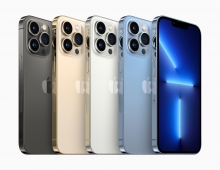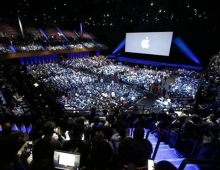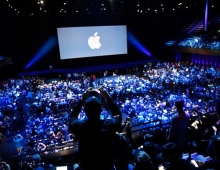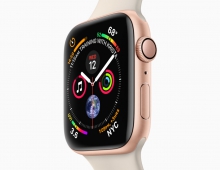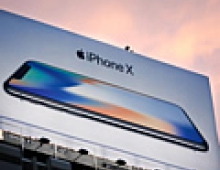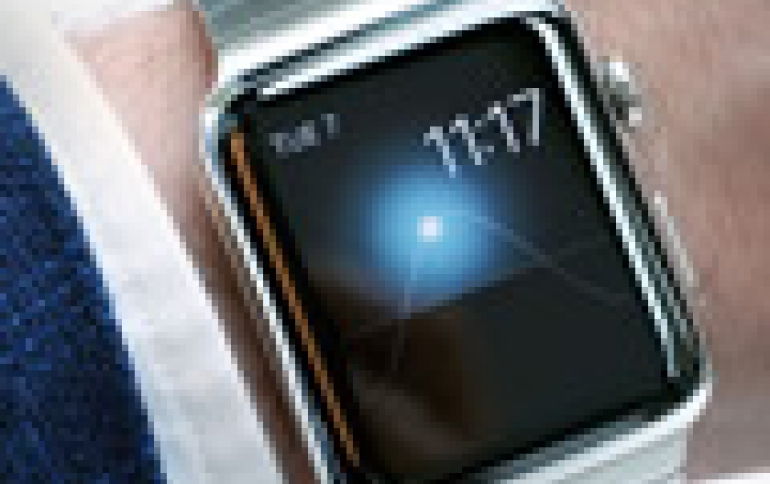
Smartwatch Shipments Fall Significantly In the Second Quarter
For the first time, the worldwide smartwatch market saw a year-over-year decline of 32%, according to preliminary data from the International Data Corporation (IDC). Smartwatch vendors shipped 3.5 million units in the second quarter of 2016 (2Q16), which was down substantially from the 5.1 million shipped a year ago. Apple held the top rank by shipping 1.6 million watches. However, it was the only vendor among the top 5 to experience an annual decline in shipments. In fairness to Apple, the year-over-year comparison is to the initial launch quarter of the Apple Watch, which is in many ways the same product offered in the most recent quarter with price reductions.
"Consumers have held off on smartwatch purchases since early 2016 in anticipation of a hardware refresh, and improvements in WatchOS are not expected until later this year, effectively stalling existing Apple Watch sales," said Jitesh Ubrani, senior research analyst for IDC Mobile Device Trackers. "Apple still maintains a significant lead in the market and unfortunately a decline for Apple leads to a decline in the entire market. Every vendor faces similar challenges related to fashion and functionality, and though we expect improvements next year, growth in the remainder of 2016 will likely be muted."
Perhaps one of the biggest omissions in the smartwatch market is the absence of traditional watchmaker brands among the leading vendors. "To date, only a small handful of traditional watchmaker brands have entered the smartwatch market, trailing far behind their technology brand counterparts," said Ramon T. Llamas, research manager for IDC's Wearables team. "This seems to be changing, albeit slowly, as key vendors like Casio, Fossil, and Tag Heuer have launched their own models to the market. Still, participation from traditional watchmaker brands is imperative to deliver some of the most important qualities of a smartwatch sought after by end-users, namely design, fit, and functionality. Combine these with the brand recognition and distribution these brands already have, and it's reasonable to expect the smartwatch market to grow from here.
IDC does expect to see the market return to growth in 2017 driven by platform development, cellular connectivity, and an increasing number of applications. Exactly when that rebound happens will depend heavily on when vendors drive a better use case.
Samsung has done well with distribution though American telcos and this has paid off as Samsung holds the number 2 position among the top 5 smartwatch vendors. In particular, the Gear S2 lineup is off to a great start as Samsung has successfully de-coupled the smartwatch from the smartphone. Focusing on the telco channel to drive future success in telco-driven markets is likely to remain the core strategy for Samsung moving forward.
The first-mover advantage is still paying off for the Motorola brand as it continues to be the smartwatch of choice for those interested in Android Wear-based circular displays. Moto's recent attempt to branch out to the fitness market with the Moto 360 Sport have been met with mixed results as the device still lacks some of the benefits of fitness-first devices from the likes of Fitbit, Garmin, or others.
LG's Watch Urbane recently intoduced a new SKU supporting LTE connectivity. Like Samsung, LG's growing presence in the US telco channel has proven beneficial as the operators seek new revenue streams. Though LG is first to offer an LTE-enabled Android Wear watch, the lack of complete support from Google ? Android Wear 2.0 is set to launch later this year with support for LTE ? stifles the device's aspirations.
Rounding out the top 5, Garmin has almost doubled its share since last year due to the introduction of new smartwatches like the Fenix 3. Though the number of apps and Connect IQ-enabled devices have grown in number over the past year, they still remain relatively small and cater to a niche audience ? athletes.

